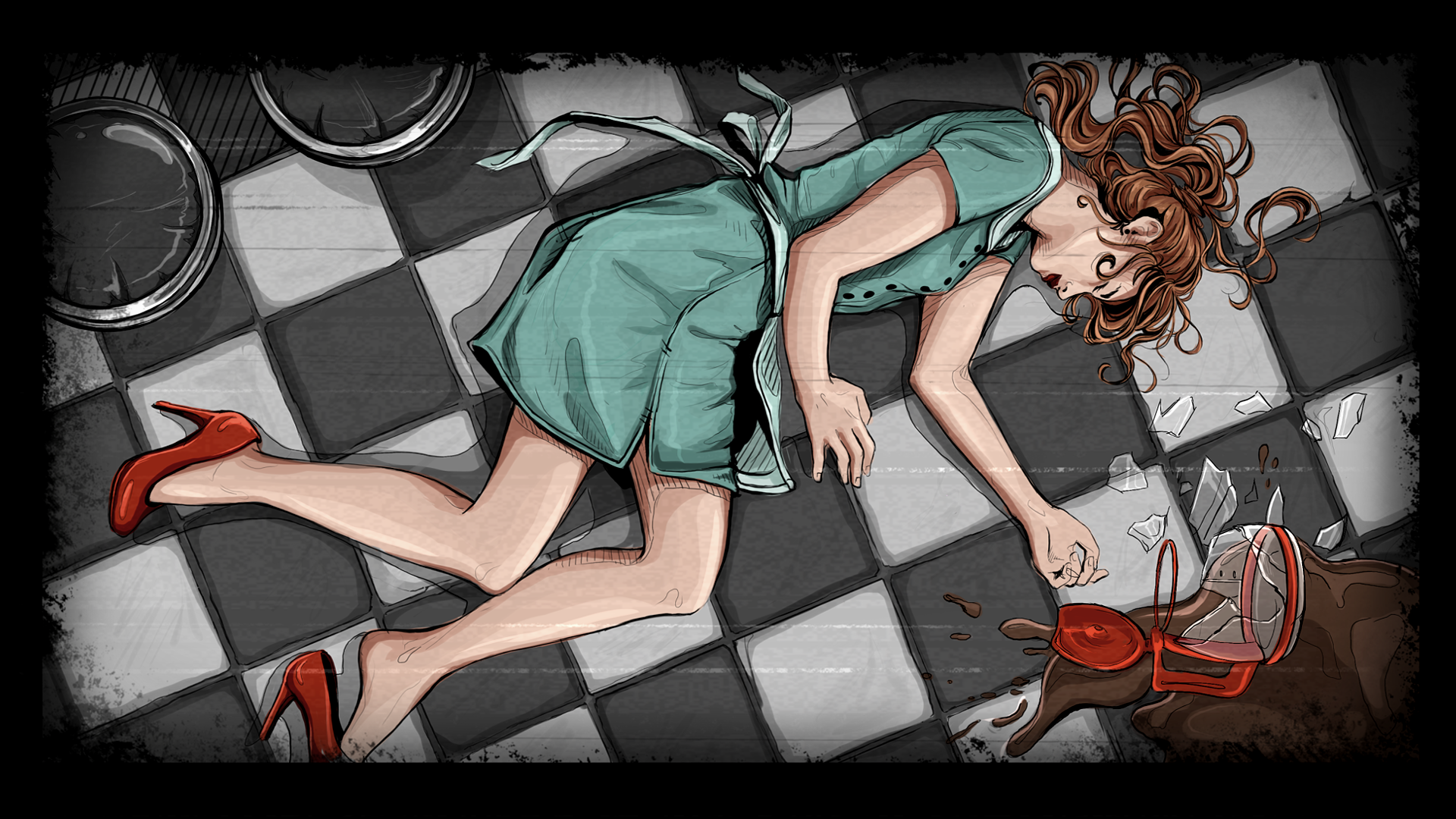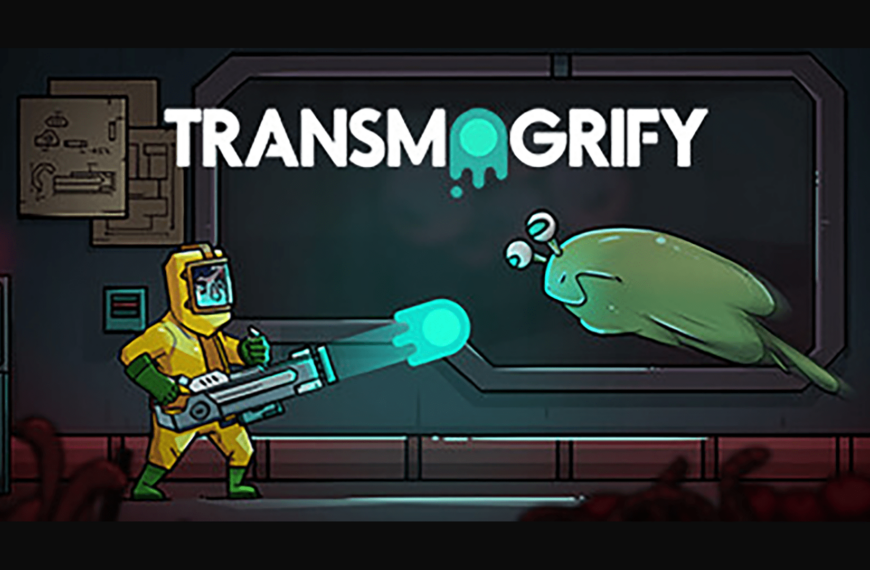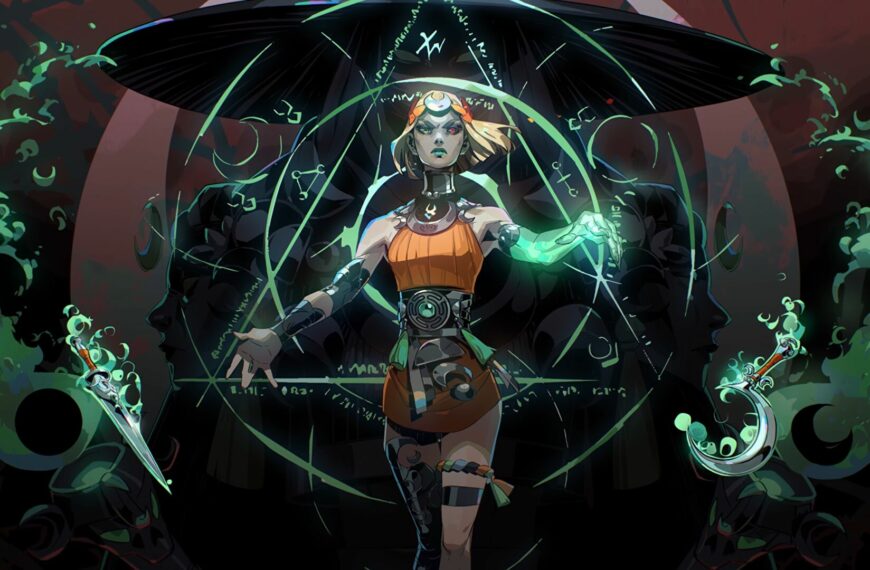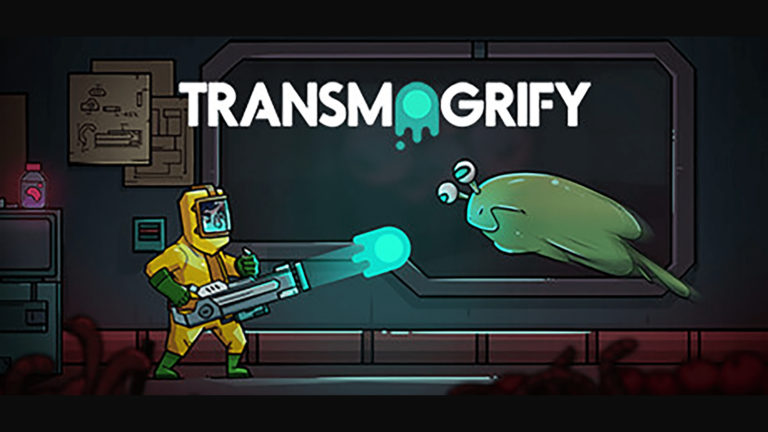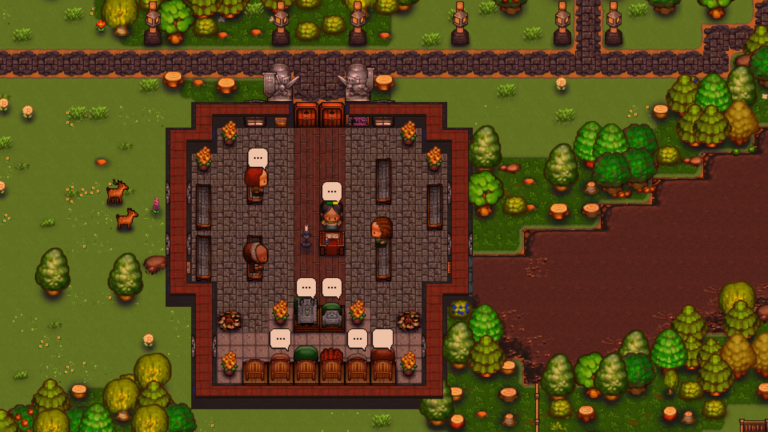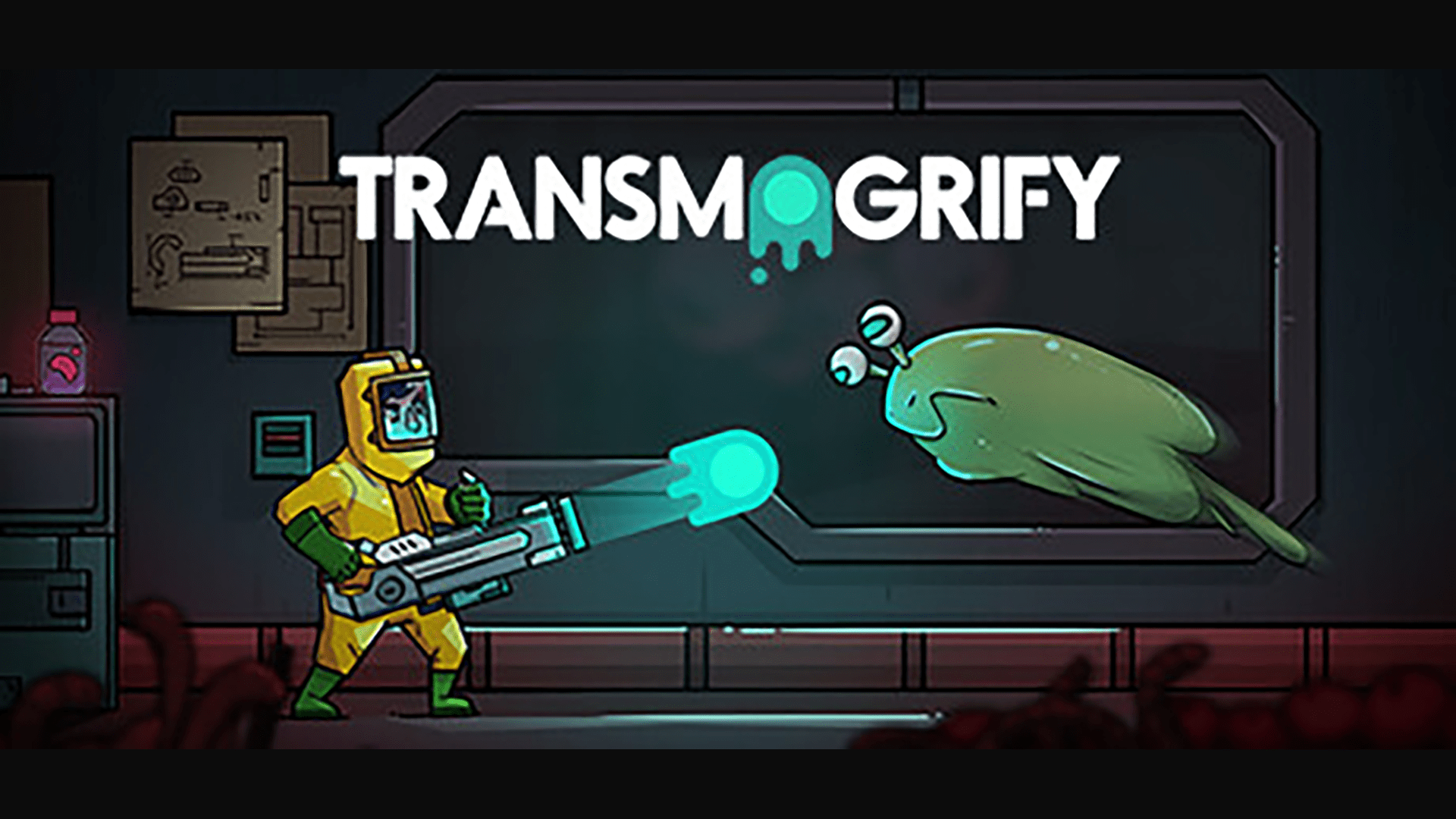Warning: Best Month Ever! Contains scenes that may be distressing to certain audiences. Player discretion is advised.
I’m curious how many people reading this have clear memories of the year 1969. Playing through a period piece of such a turbulent time while switching perspectives between a mother and her child is a really interesting way to experience a time both very different from the now and not nearly different enough.
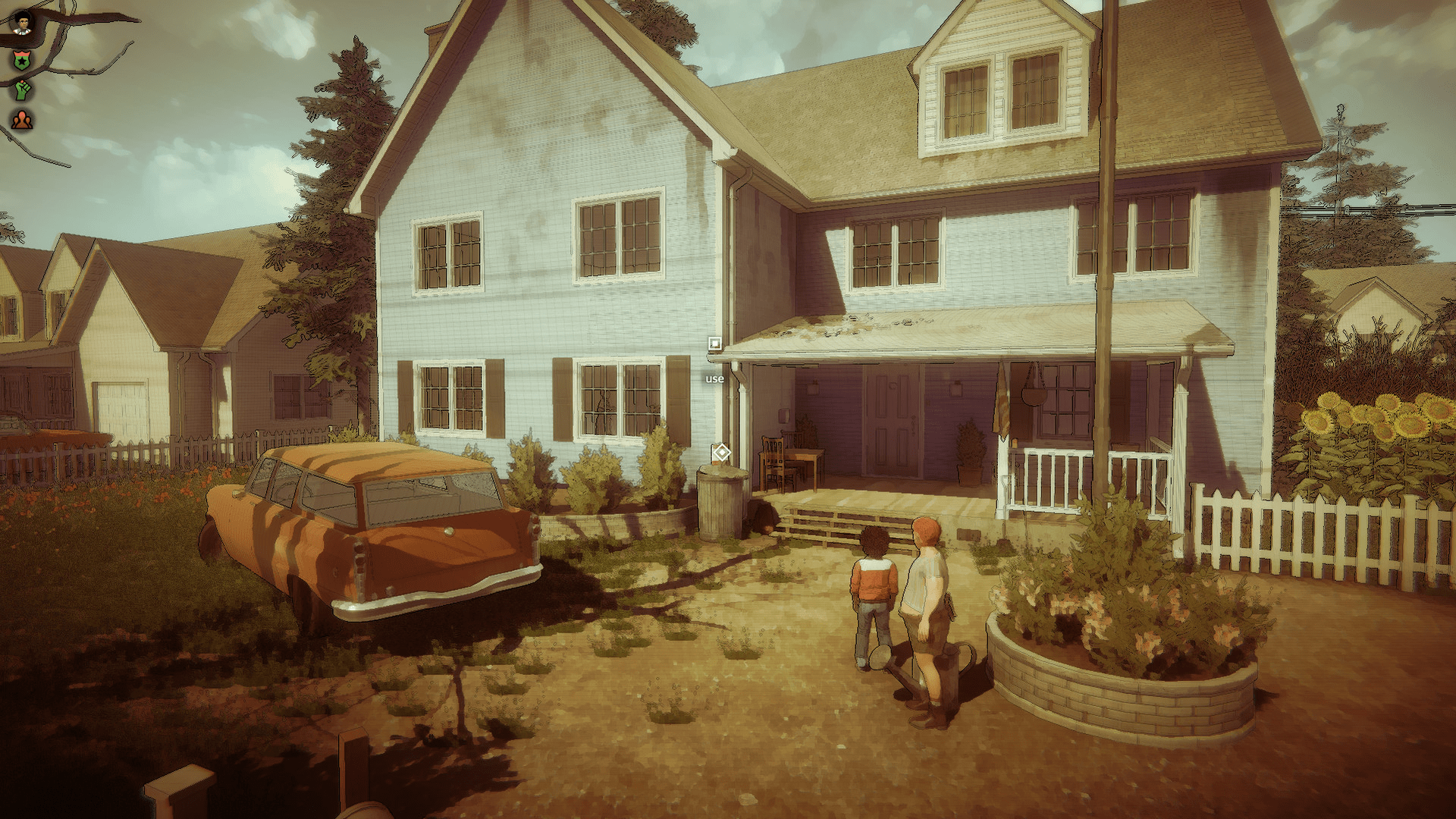
Just Like Old Times
Best Month Ever! is a point and click adventure game, sort of. See, most point and click adventure games are heavily based around solving puzzles, usually via stealing everything that isn’t nailed down, stealing the nails, and repeating step one, then using everything you have on everything you can. These inventory puzzles and some of the associated leaps in logic are practically staples of the genre. However, Best Month Ever! instead focuses on the narrative aspect of the game.
What is really interesting about this is that the game is set up as though it could have supported these kinds of puzzles. You sometimes get the ability to see and object up close and interact with it, such as the lighter from the first chapter, or to zoom in on an object and examine it in detail, like in chapter 3 when you’re looking for a specific tree. That being said, I do believe that the focus on the story over some kind of puzzle gameplay was the correct decision.
You play as a single mother living on borrowed time and trying to do right by her son with however long she has left. This is mainly represented by your son’s personality traits, his Integrity, Confidence, and People Skills, which are affected by choices you make, both for him and his mother. Now, a lot of systems like this would give you different options that correspond to a single trait, something that is especially common with morality systems in games. Best Month Ever! instead has your choices affect multiple traits, usually one positively and one negatively. You’re constantly forced to think about what is the best thing for you to do in the current situation without also letting down your son. It’s a fascinating way to think about your choices, and the kind of thing that could only work in an interactive media.
That being said, this game did not give me a strong first impression, at least not with gameplay. The 30 second opening cutscene does a good job of spelling out what kind of story you’re in for. The first 30 seconds of actual gameplay involves trying to walk into a diner only for your character to somehow walk up the edge of the stairs and get her pathfinding stuck on the outside of a fence. Not to mention the stuttery framerate that at first made me wonder if the car animation was trying to emulate stop-motion. That isn’t a joke; I actually thought that for a moment.
That pathfinding error actually forced me to restart the game (Again, I was only a minute in, I didn’t have an autosave yet) because I couldn’t cancel her order to enter the diner, and she couldn’t pathfind her way around the fence she was stuck on. Turns out this was a good thing, as the single dialogue choice I made in the car before this glitched out on my first attempt and skipped a line of dialogue and I hadn’t noticed. I saw this dialogue skipping happen a few more times, and my current hypothesis is that the lag I’m experiencing is causing the game to register a single mouse click multiple times, so choosing dialogue in a dialogue tree sometimes causes the game to skip the dialogue I chose.
Also Read
Transmogrify PC Review: The Best Way To Defeat An Enemy
Transmogrify is a game with a strong central idea let down by a shoddy execution resulting in an experience that is…
Defy the Gods as a Witchy Moon Goddess in Hades 2
Supergiant announces Hades 2 for 2023 at the 2022 Game Awards. The sequel promises dark sorcery, witchery, and more frenetic roguelike…
To be honest, pulling back the curtain a little, this is one of the hardest reviews I’ve ever written. Not because of the heavier content in the story—actually, yes, it was in no small part because some of the heavier story content made me want to take breaks to recuperate—but because the prospect of playing through the lag was so daunting, I kept putting off playing the game.
Fortunately, ‘Best Month Ever!’ features a handful of accessibility options, including skipping over Quick Time Events—when you need to press a button or something similar within a few seconds—which means that dealing with the lag is significantly easier than it at first appears. I also had my frame rate start to stabilize somewhere around chapter 2 or 3, though it was still far from perfect.
It’s the camera that suffers the worst from the framerate. Most of the character animation is passable, but the camera shifting is very blatant in its stuttering.
‘Best Month Ever!’ is not exclusively a point and click game, though. There are sections in which you briefly have to do something else. Most of these, as I stated 112 words ago, are some form of Quick Time Event, and you have the option of skipping these. But not all of them. These interludes range form all sorts of things: driving a car, fishing, throwing a rock through a window, inventing your own constellations, and more.
Despite my complaints about the technical issues, the main gameplay is simple in all the best ways. The fat has been trimmed to give a better experience to the core part of this game.
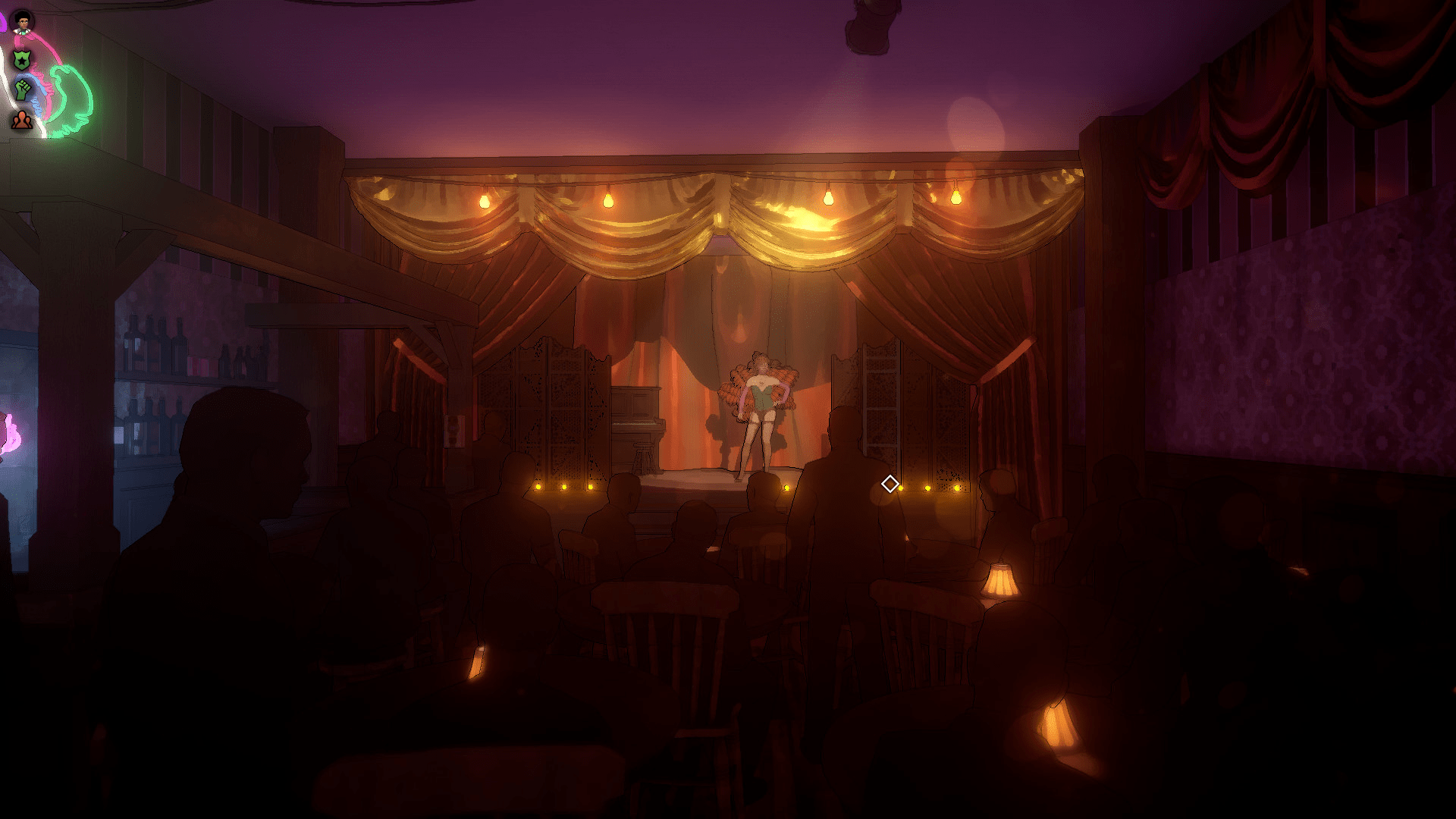
A Painted Vignette
This game is visually all over the place, and you know what? I kind of dig it. It’s not quite watercolor, and it’s not quite graphic novel, but the visual design has some kind of theme in between those, and it works. Everything in the game has a thick black outline around it, but the colors aren’t at all what you’d expect from photorealism.
The character models are also detailed in a way that makes it hard to make out faces, but the character design is strong enough that each character is distinct. And whenever a character talks, an arrow appears over their head to help you keep track of who is where.
The sound effects are fine. Nothing particularly groundbreaking, and you might need to adjust their levels in the settings. The footsteps are slightly off to me, but that might be another byproduct of my lag.
The voice acting can be hit or miss, but it’s never terrible. If I were playing this as a consumer instead of a reviewer, I’d probably make a snide comment about needing another take and completely forget in about five minutes. Butch is probably the worst offender, but again, it’s never bad. I’d also like to specially mention the voicework of Adult Mitch. I would listen to that man read the phone book.
The music is either composed to sound like pop music from the 1960s or actual music from the 1960s. I hope you like classic rock, because the game uses it frequently. If you don’t like classic rock, you’re wrong.

Period Piece of Art
As I mentioned earlier, the first 30 seconds of this game set the tone for the story very well. It’s a very short montage establishing the setting and two main protagonists. Let’s set the scene. It’s 1969, and Louise is a single mother in suburban America. Her son, Mitch, is mixed-race thanks to his father, and his adult self serves as the game’s narrator.
I also stated that this game is something that only works as an interactive medium, like a game. Best Month Ever! features several endings, presumably based on how you did in raising Mitch throughout the game. And, like I said, you are also forced to perceive the narrative from a very different lens due to the constant reminder that your choices will impact Mitch’s development, but you also want to do the right thing, both morally and for Louise personally.
Best Month Ever! aims to depict the year it portrays accurately, and it certainly pulls no punches with some of the heavier story content. As I’ve stated, there is quite a lot of it, including a lot of political tension at the time. Not to mention the period-appropriate racism and some disturbingly realistic horror stories—the kind that have actually happened to people. Seriously. That content warning at the top is not a joke.
But even with all that said, I would not call this game dark. It is, at its heart, a story of a mother doing her best to raise her son. The emotional core between Louise and Mitch is the beating heart of this game’s narrative, and I’ve already mentioned how this game is entirely built around that narrative.
Though Adult Mitch’s narration makes some interesting choices, largely in how certain things are foreshadowed. Because Louise is dying, as established at the very start of the game, she doesn’t have much time to talk to Mitch beyond the scope of the game. So when Adult Mitch comments about things she tells him later, you know that information will come up pretty soon. Like how the start of chapter 2 has him mentioning that Louise would later comment on her regretting her decision to take him to her old home, something that happens at the start of the very next chapter. And in chapter 3, Louise makes an offhand comment that Adult Mitch elaborates on. We see the details about this in a flashback during chapter 4.
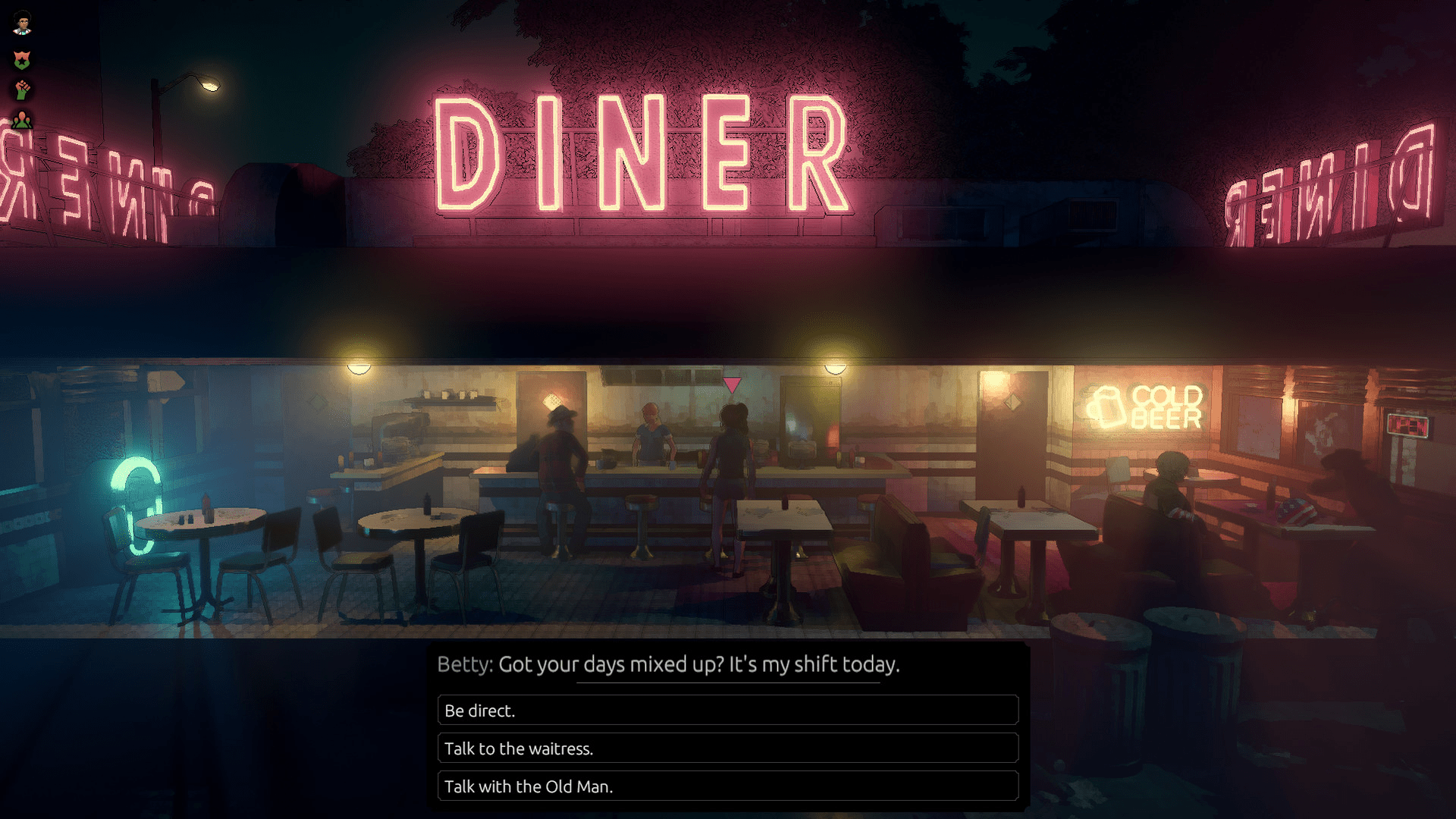
Conclusion
I’ve not finished ‘Best Month Ever!’, and that’s kind of a big deal for a narrative game, so I can’t say for certain that it doesn’t screw up the ending(s), but what I saw I really enjoyed. There is a real emotional core to this story, and from a design perspective I love seeing what the developers did with Mitch’s growth and player interaction. If you can stomach the heavier subject matter, there’s a golden story here to experience.

